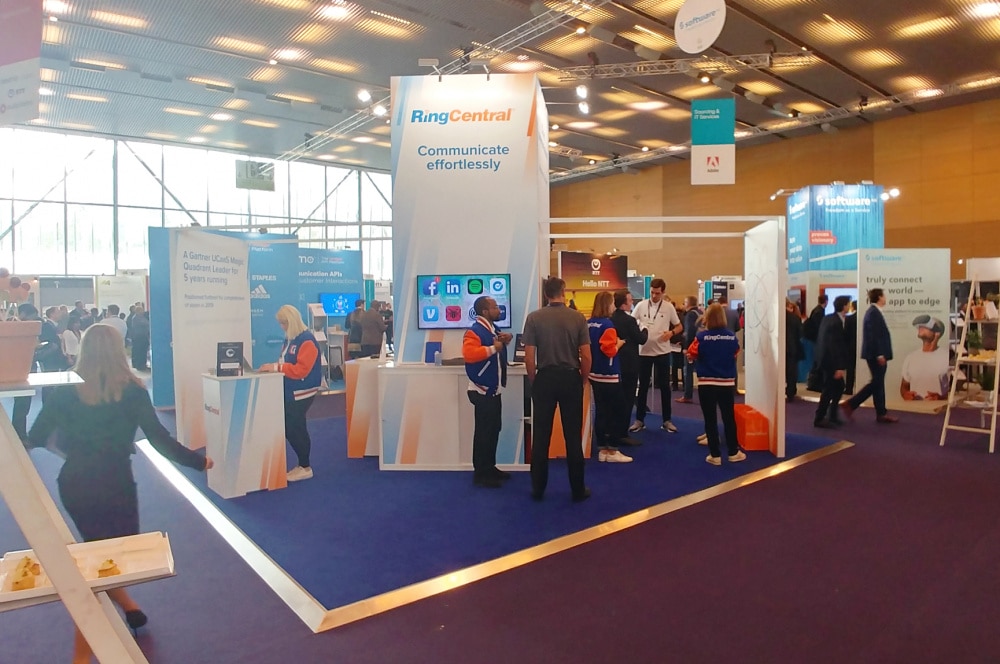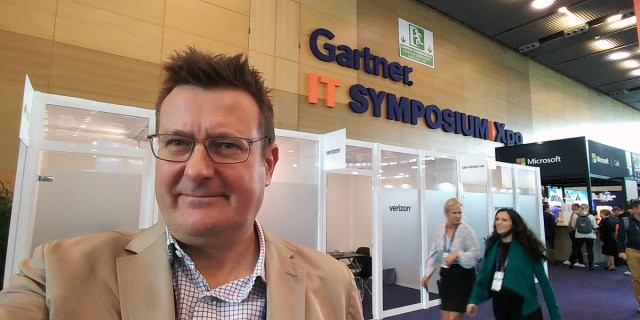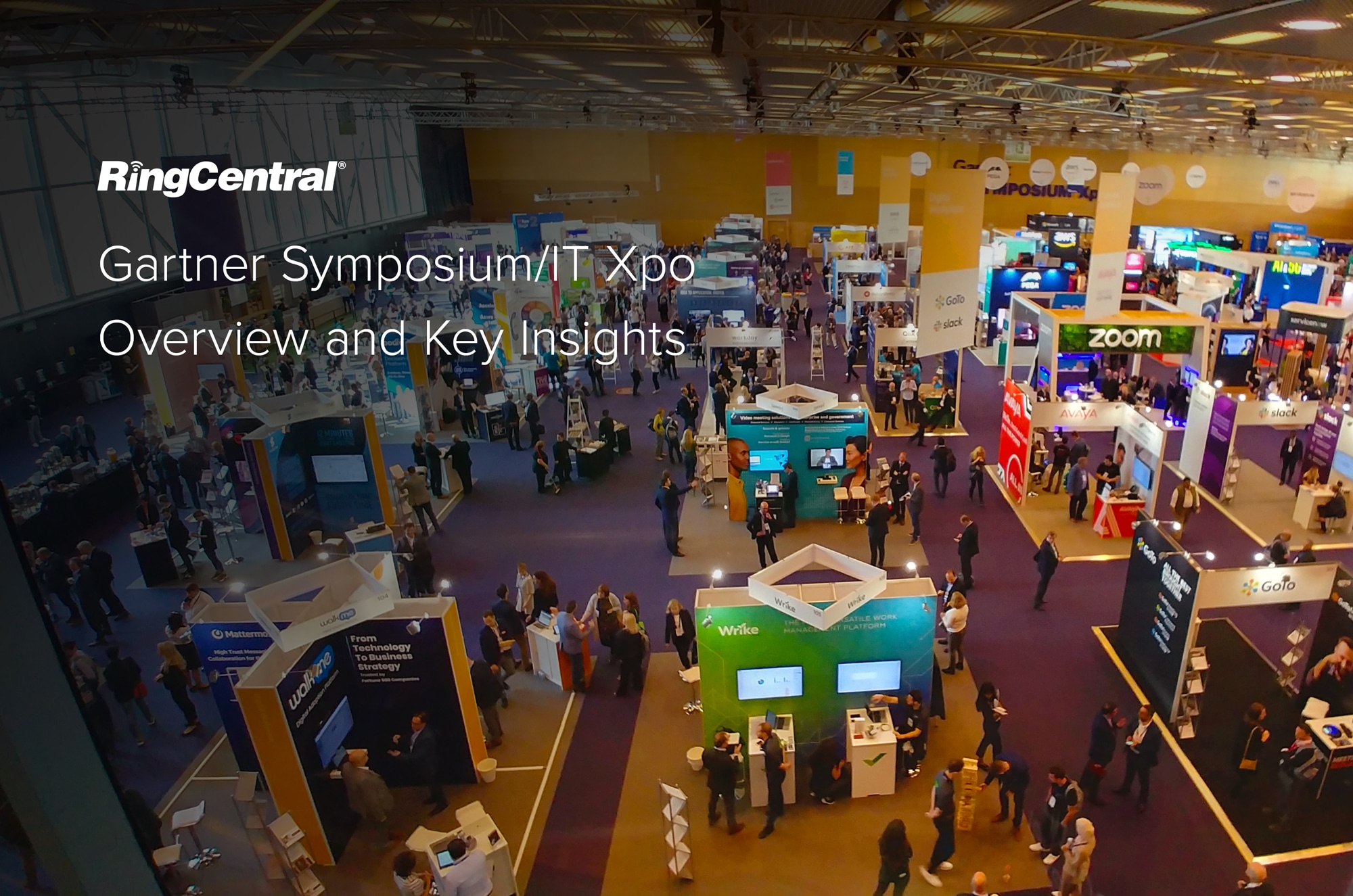Gartner Symposium/IT Xpo ran from 3-7 November at Centre Convencions Internacional Barcelona (CCIB). The weather was splendid, the crowds were large, the catering was relentless. Personally, I’ve been to Gartner events before, but the scale and energy of this IT Xpo was bigger than anything in my previous experience.
From a ‘future of work’ point of view, the refrain throughout the conference was a familiar one. The younger generation workforce has arrived and is intent on disruption. Today’s workforce demands modern tools of communication and a greater degree of flexibility around when and where to use them.

In the cacophony of competition, the onus on business is to engage not only its customer base but also its employees. Customer experience (CX) and employee experience (EX) are strongly linked to each other – improving the latter will strongly support your improvement of the former. This goes beyond customer service at point of sale: improving your overall customer satisfaction has a positive effect on your company’s stock value as well as its earnings, so it’s now more important than ever to improve your CX.
The way businesses interact with their customers is still evolving. As an organisation, it’s imperative to keep up with where your customers are and how they want to be engaged: you need to meet them there. In today’s world, that often means you need to identify your customers’ digital touchpoint experience and make it effortless for them to use your services and take advantage of your offers. As businesses navigate their own digital transformation, many benefit from the integration provided by a unified contact centre. A centralised interface that consolidates multiple customer touchpoints keeps communication efficient and CX consistent.

Artificial intelligence (AI) in CX can contribute to delivering better customer service – the key is to identify where and how customer pain points manifest before investigating how AI can help mitigate them. You’ve probably heard this year’s maxim that “data is the new oil” in terms of value – that’s partly because data can be used to get AI to actually work in the areas where it’s supposed to. The prerequisites are scale and structure: a vast amount of data must be available in order to identify patterns and use them to create predictions, and that data must be well structured in order to be accessible. The hurdle there is that only about 5% of data in organisations is appropriately structured, so companies with a desire for successful AI implementation need to consider making more data available in a structured and accessible format.

If the CX you’re providing is underwhelming, your customer will simply avoid that service. This is a deal-breaker in the performance of chatbots and AI-supported features, which have taken great strides in recent years but still need some fine-tuning in order to be more reliable. With my Contact Centre hat on, the humanisation of chatbots will be important in effectively implementing them as a reliable component of the CX and a way to significantly improve efficiency in increasing customer interaction.
On the subject of chatbots, the Gartner Symposium is where I learned there are around 1500+ chatbot providers out there. Unfortunately, only a small minority of bots are advanced enough to provide genuine value. Depending on whether you’re a glass-half-full or half-empty kind of person, this demonstrates the industry has tremendous potential for improvement, or that it’s currently underdelivering on its promises.
However, there are also plenty of positive examples of AI being used to good effect in engaging, empowering and enabling customers. The product recommendations in Amazon’s interface are a prime example, if you’ll pardon the pun. While Netflix’s recommendation algorithms have been the subject of some concern, in many cases they are effective in improving the CX. The statistics speak of customers’ decreased loyalty and attention spans: Netflix classifies a customer as ‘lost’ if they haven’t clicked on a recommendation within 90 seconds of being presented with the menu – in such cases the customer is generally lost to another streaming provider.
When it comes to communicating, we’re finally expanding beyond verbal and tonal to incorporate body language cues, as video cements itself at the fore. Video as the ‘new voice’ might sound trite, given the amount of time it has been with us, but its role in the ‘multi-experience’, with expanding digital touchpoints for customers, is one of the leading trends for next year.

Despite the perceived ubiquity of video communication, some vendors are not yet ready for this digital multi-experience, being limited by their product or feature range. In terms of business use, the estimated number of meeting rooms – including ‘huddle’ areas – in offices worldwide is 60 million, whereas only 5% of those are actually video-enabled, indicating great potential for improvement. In one example, it was found that companies switching to incorporate advanced video conferencing tools into their communication suite experienced an 85% increase in the use of video communications, which demonstrates the value there.
The most interesting discussions went well beyond the platitudes, and there were many fascinating and focussed sessions that were rich in statistics, use cases and insights. The overall message we were reminded of is that the time is now – digital transformation is happening, and that brings challenges and opportunities. On the one hand, communications can become splintered. On the other, unified communications tools allow businesses to maintain connections and generate insights they’ve never had before. Either way, companies need to take the next step or otherwise run the risk of being left behind.
Originally published Nov 13, 2019, updated Jan 16, 2023
